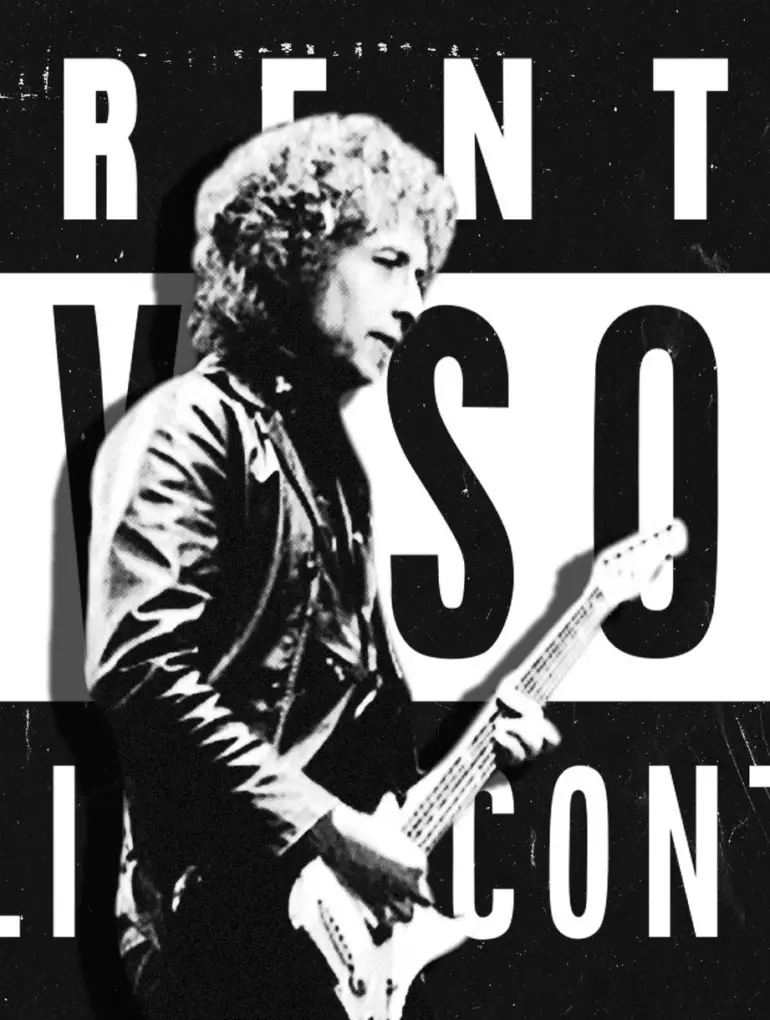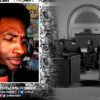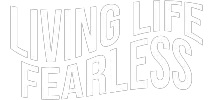In these days of culture wars, content moderation, and constant references to “cancel culture,” it appears that the definition of the word “censorship” has been defined down considerably. Rather than, say, government blocking of speech or suppression of dissent, these days that word often seems to apply to things that used to be considered “criticism,” “judgment,” or even, in Glenn Greenwald’s case, “editing.”
There was another example of that last week when writer Jacob Siegel wrote for Tablet about the tragic, unaccountable removal of… a single Bob Dylan song from YouTube. (Disclosure: I’ve written a bit for Tablet in the past, although not recently).
Siegel’s piece, titled “Bob Dylan’s ‘Neighborhood Bully’ Gets Memory-Holed,” alleges something nefarious: That the Dylan song “Neighborhood Bully,” from the 1983 album Infidels, has been pulled from YouTube — possibly because Google, which owns YouTube, considers the song to be hate speech.
“I wanted to hear the Bob Dylan song ‘Neighborhood Bully’ off his 1983 record Infidels,” Siegel writes. “That’s how I discovered that YouTube won’t let you hear the song. It turns out that this man Bob Dylan, so beloved by the American cultural establishment and winner of the 2016 Nobel Prize in literature, is guilty of hate speech. Sooner or later, they all are.”
It appears that the definition of the word “censorship” has been defined down considerably
It’s been often assumed over the years that “Neighborhood Bully,” which was on Dylan’s first album after he returned to Judaism following his Christian phase in the early 1980s, is a Zionist anthem. Dylan has denied in interviews that it’s a political song, although the singer has also long been notorious for pulling the legs of interviewers and saying things that aren’t true.
At any rate, when Siegel went looking on YouTube for the song, it had “vanished,” he wrote.
“That sensation turns into a full-on paranoid itch when the missing artifact in question is a song by one of the most legendary and popular musicians of the past century, on a site, YouTube, where one can easily watch pirated movies, Hitler’s speeches, and snuff films, and that’s owned by Google, whose business model is being the universal database that contains everything.”
Siegel, when viewing a video of the song on the video site Vimeo, discovered that a Chicago-based book publisher had posted a video to YouTube in which he “spoke the lyrics in Russian over Dylan’s original music.” The creator told Siegel that the video was taken down over a “hate speech” violation, at which point the uploader tried again, with a version including his own video set to the song (including “a montage showing scenes of Jews being persecuted, anti-Jewish propaganda, and a model of a rebuilt temple in Jerusalem”). The second video was taken down as well.
So in other words, at least the first time, it wasn’t the song itself — the studio version from the album — that was taken down, censored, or “memory-holed” — it was a video of a guy talking over the song. As for the second video, based on what’s posted to Vimeo, it includes extensive Holocaust imagery, vintage anti-Semitic cartoons, shots at Rep. Ilhan Omar, and at least one bare breast. There’s a strong possibility that the reason for the deletion had a lot more to do with the uploader’s contributions — the video — than with Dylan’s song.
Was removing the video, based on that criterion, unfair? Maybe it was. But based on what the Tablet article shows us, there’s not a scintilla of evidence that YouTube’s removal of the video had anything to do with the song’s praise of Israel or even the song at all.
Now, a word about YouTube. It does, indeed, contain a massive wealth of songs, movie and television clips, music videos, theater performances, and other documents of popular culture history, available for free, and with the ability to embed on other sites.
But another thing about YouTube, which most of us came to terms with years ago, is that a lot of the stuff on there is of dubious copyright provenance, and for that reason, there’s often a risk of it disappearing from the platform. I frequently write movie reviews and essays, including for this site, which I illustrate with embedded YouTube clips from the movies. Often, when I go back and look at the pieces months later, the clips are dead. It’s mildly annoying, but I understand why it happens. For something famous and familiar to disappear off of YouTube, contra Siegel is neither rare nor shocking.
I did an experiment to see how many different places I could find “Neighborhood Bully,” on the Internet, within ten seconds. I stopped counting at five.
What YouTube is not, though, is the lone repository in the world for music, or anything close to it. If it were, and YouTube had, somehow, removed the only existing copy on the planet of “Neighborhood Bully,” I guess that could fairly be called censorship or “memory-holing,” and would certainly be worthy of the ominous tones of Siegel’s piece.
But it’s not. In fact, the song is widely available. As Siegel points out, you can hear it and watch the uploader’s video on another video streaming site, Vimeo, for free and with relative ease.
The song is also on every major music streaming service. If you have an Alexa, you can ask it to play “Neighborhood Bully,” and it will. Or, you can grab the album off the shelf, or find it in your iTunes library, or pull it up in any of the other ways people used to listen to music back in the pre-streaming era.
After I read Siegel’s article, I did an experiment to see how many different places I could find “Neighborhood Bully,” on the Internet, within ten seconds. I stopped counting at five. I Googled the song and found an active stream of it within seconds. I asked both Alexa and Siri to play the song, and both did. It’s available on Vimeo, and Spotify, and on Apple Music. There are words for that, but “memory holed” isn’t one of them.
Furthermore, when one searches YouTube for Dylan’s studio version of “Neighborhood Bully,” it brings up a page that says “[t]his video is only available to Music Premium Members.” So the song itself is not “memory-holed” at all by YouTube — it’s just paywalled.
Now, a word about Bob Dylan. He’s notorious for caring a great deal about matters of copyright when it comes to his music, and indeed, few of the original studio album versions of his songs are available on the free side of YouTube (most, though, are on the premium side). Dylan has an official channel on standard YouTube, featuring a couple dozen of his most famous songs, including the ones for which he’s made music videos.
Dylan even had a famous fight with Spotify, back in 2009, that led to his music being pulled from that service for a time. So it’s very likely that negotiations were held at some point in which Dylan’s representatives got him a fee from inclusion in YouTube’s premium side, while not allowing the majority of his music on free YouTube. This is part of why Bob was able to sell the publishing rights to his catalog, earlier this month, for a reported $300 million.
But you know what is available on YouTube? Lots of covers of “Neighborhood Bully,” including one by my friend, musician Dan Israel, who posted a video of himself performing the song live in 2012, and hasn’t had it taken down in the eight years since:
Ironically, the same week that Siegel’s piece appeared, Congress took action that may soon make streaming a lot more difficult, and penalties for illegal streaming a lot more stringent.
When it comes to both what Siegel’s story pretends to be about — censorship — and what it’s actually about — an extremely minor inconvenience for media consumers — I’m much more worried about the Felony Streaming Act than I am about YouTube’s removal of a single upload of a Bob Dylan song that’s easily available elsewhere. In this case, and many others, it’s really time to stop crying censorship about things that very much are not.





